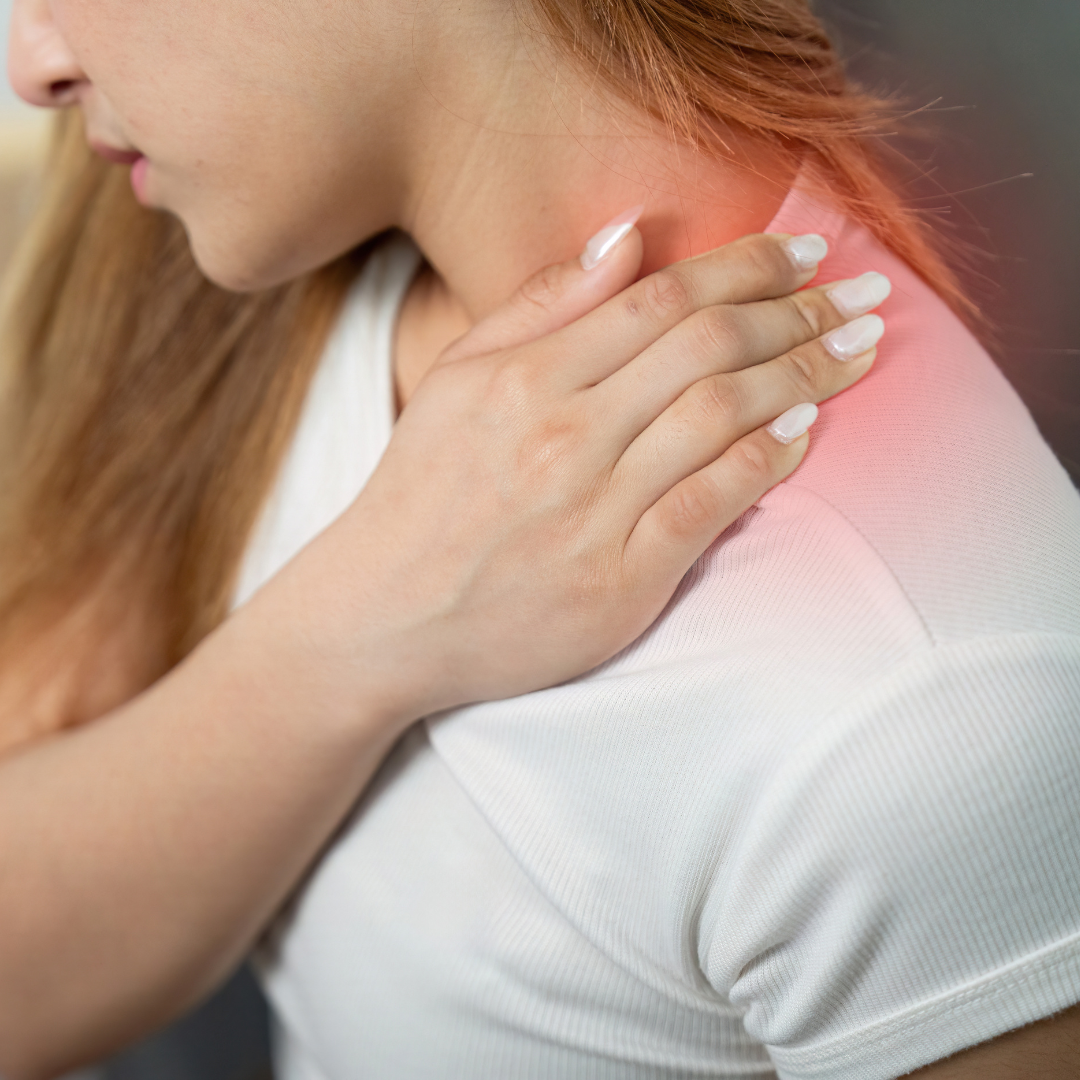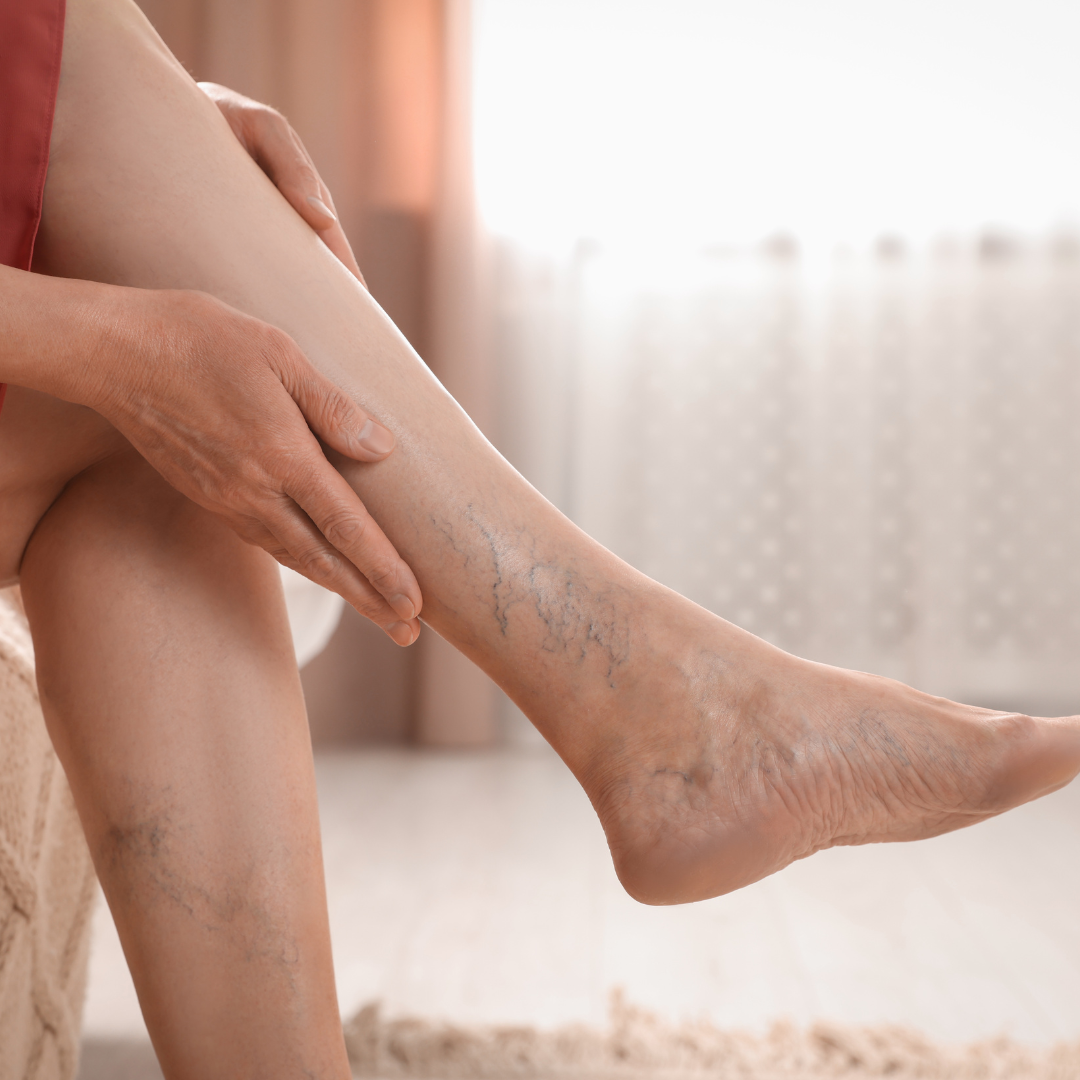Physical Medicine and Back Pain
From prevention to diagnosis to treatment, Healthstar physicians help patients manage this common condition.
According to experts, approximately 80% of people in the U.S. experience back pain at some time. It’s a common reason for missed work, and a leading cause of disability worldwide. So what can you do about back pain?
Low back pain symptoms
Back problems can be accompanied by other symptoms, such as:
- Muscle aches in the back, hips or legs
- Shooting or stabbing pain
- Pain radiating down the legs
- Numbness and tingling in extremities
- Pain that worsens when bending, lifting, standing, or walking
- Pain that improves with reclining
If you’re experiencing one or more of these symptoms, it’s a good time to contact your physician — especially if your symptoms don’t go away, or seem to be getting more frequent or more intense.Some people avoid seeking treatment for their back pain, because they’re afraid the only option is surgery. In fact, there are many other non-surgical, and drug-free options with great results in relieving back pain symptoms!
______________________________________________________________________________________
Back pain prevention
Most of us engage in daily activities that can cause or worsen back pain symptoms. Luckily, there are steps you can take (sometimes literally!) to prevent or ease mild back pain. Sometimes preventing back pain is as simple as paying better attention to body mechanics and exercising more.
What to do:
Exercise: Increasing strength and endurance, as well as improving circulation, will ease many kinds of back pain. Do more low-impact aerobic activity, such as walking, swimming, hiking, or biking. Have a discussion with your doctor to figure out the best plan for your body.
- Build muscles: Improve your strength and flexibility to help your back do its job. Strengthening back and abdominal muscles will give you a stronger core, which will take some of the strain away from your spine. Improving hip and upper leg flexibility will take the strain out of your low back, too. Again, discuss options with your healthcare provider to find what’s best for you.
- Maintain a healthy weight: Being overweight strains your back. Losing even a little bit has been proven to improve back pain.
- Quit smoking: Some people are surprised to find that smoking can contribute to back pain, but it’s true!
- What NOT to do - bad standing or sitting posture and bad lifting practices can really complicate back pain symptoms.
- Stand smart: Remember what your mama told you: Don’t slouch! If you have to stand for long periods, alternate placing one foot on a low footstool to ease pressure on your low back.
- Sit smart: Lots of us are more sedentary in this day and age, and we sit too long at the office. Choose a seat with good low back support, armrests and a swivel base. Try placing a small pillow or rolled towel in the small of your back to maintain a natural spinal curve. Keep hips and knees level. Also, make sure you get up and stretch or walk around every 30 minutes, if possible.
- Tip: drink a ton of water at the office. The extra hydration will help the discs in your spine, and you’ll be forced to get up from your chair to use the bathroom more often.
- Lift smart: Avoid heavy lifting, if you can, but if you have to, let your legs do the work. Keep your back straight, and try not to twist. Bend at the knees. Hold the load close to your body. Find a lifting partner if the object is heavy or awkward.
______________________________________________________________________________________
Common causes of low back pain
Back pain can be caused by an overuse, strain or acute injury, or it can be a secondary symptom to an underlying condition. Here are some common causes for low back pain:
- Muscle or ligament strain: Abuse of muscles and ligaments, such as with repeated heavy lifting or a sudden awkward movement (think stepping off a curb you didn’t realize was there, or tripping) can cause pain.
- Bulging or ruptured spinal discs: Discs are the cushions between the bones of your spine, called vertebrae. The soft material inside the discs can bulge or rupture all the way through the disc, pressing on spinal nerves and causing pain. It is possible to have disc problems without symptoms, however. These are often discovered incidentally when you have spinal x-rays for different reasons.
- Arthritis: Osteoarthritis can affect the lower back and, in some cases, can lead to a narrowing of the spinal canal, which can mean pressure on the spinal cord. This condition is called spinal stenosis.
- Skeletal irregularities: There are multiple conditions that can cause your spine to be shaped differently, or function abnormally. For example, a side curvature known as scoliosis can lead to back pain.
- Osteoporosis: When bones become weak, due to osteoporosis, the spine can develop tiny fractures, which can be very painful.
______________________________________________________________________________________
When to see a doctor
For acute, extreme pain, especially if you’ve had an accident, see your doctor right away. If your pain is milder, and self-care and preventative measures aren’t helping your back pain within a few weeks, it’s probably time to check in with your doctor.There are a few symptoms that might mean a medical emergency. If you have one or more of the following symptoms, call your doctor right away:
- New bowel or bladder problems
- Fever accompanying back pain
- Fall, blow to the spine or other injury
- Severe pain that isn’t improving with rest
- Pain spreading down one or both legs, especially below the knee
- Weakness, numbness or tingling in the legs
- Unexplained weight loss
If you’re over age 50, and you’re experiencing back pain for the first time, or if you have a history of cancer, osteoporosis, steroid use or drug/alcohol use, call your doctor.
______________________________________________________________________________________
Diagnosis and treatment for back pain

Your healthcare provider will start with taking your health history and doing a physical examination. If he or she thinks it’s necessary, they may order tests, such as an x-ray, MRI or CT scan, blood tests, bone scan, or nerve studies to get a more detailed picture of your health, and what might be contributing to your back pain symptoms.Since the causes for back pain are varied, treating this condition can be complex. What works well for one person may not work as well for another.Jeremy Wetmore, DODr. Jeremy Wetmore specializes in Physical Medicine. Physical Medicine and Rehabilitation (PM&R) is also known as physiatry or rehabilitation medicine, and its focus is the restoration and optimization of a person’s functional ability and quality of life. Physical medicine is helpful for those with physical conditions related to:
- Spinal cord and brain
- Nerves
- Bones
- Joints and ligaments
- Muscles and tendons
The goal of Dr. Wetmore and other physiatrists is to maximize their patients’ independence in activities of daily living, and improve overall quality of life. The focus isn’t necessarily to “cure” disease, but, instead, to help people get stronger and more capable, and live with less daily pain.
Common physiatry specialties
Dr. Wetmore most commonly works with these conditions and treatments in his clinic:
- Botox injections for cervical dystonia, extremity spasticity, and migraine headaches
- Evaluation and treatment of disorders of the peripheral neurological system, such as carpal tunnel syndrome, brachial plexopathy, and neuropathy
- Walking and running gait problems
- Movement disorders
- Headache evaluation and treatment
- Evaluation of prosthetic needs for amputees
- Extremity orthotics
- Neurorehabilitation for traumatic brain injury, spinal cord injury and stroke
- Electromyogram and nerve conduction studies testing for paresthesias and neuropathy
- Ultrasound evaluation of peripheral nerves
- Joint pain and osteoarthritis, especially shoulder, hip and knee
- Ultrasound guided viscosupplementation procedures for knee osteoarthritis
- Ultrasound guided shoulder and hip injections
- Osteopathic manipulative therapy
- Neck pain, low back pain and spinal spondylosis
______________________________________________________________________________________
Effective alternatives to opioids

Dennis Harris, MDWe caught up with Dr. Dennis Harris, another Healthstar physician dedicated to alleviating back pain. He stresses that trying non-opioid methods first can have excellent results.For example, Dr. Harris says, “We offer spinal cord stimulation for a select few patients with back, neck or extremity pain. I have done this for 30 years and have been pleased with the overall success rate in a group of patients that have problems that are very difficult to treat successfully. This technology has evolved dramatically over the past 3 decades.”Dr. Harris also offers peripheral stimulation treatment: “Peripheral nerve stimulation involves placing this very small wire under the skin using only local anesthesia and stimulating a peripheral nerve or a branch of that nerve to control pain. The patient wears a stick-on external generator when they wish to treat the pain.”Dr. Harris and Dr. Wetmore both offer a variety of effective back pain treatments, tailored to each patient’s specific situation.Contact your Healthstar Physicians medical professional today 423-581-5925 to answer your questions about back pain.Visit our blog for more information about medical conditions, healthy living and more.




